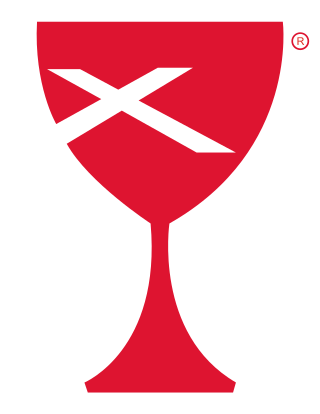
The Christian Church (Disciples of Christ) is a mainline Protestant Christian denomination in the United States and Canada. The denomination started with the Restoration Movement during the Second Great Awakening, first existing during the 19th century as a loose association of churches working towards Christian unity, then slowly forming quasi-denominational structures through missionary societies, regional associations, and an international convention. In 1968, the Disciples of Christ officially adopted a denominational structure at which time a group of churches left to remain nondenominational.
This timeline of Christian missions chronicles the global expansion of Christianity through a listing of the most significant missionary outreach events.
The Oregon missionaries were pioneers who settled in the Oregon Country of North America starting in the 1830s dedicated to bringing Christianity to local Native Americans. There had been missionary efforts prior to this, such as those sponsored by the Northwest Company with missionaries from the Church of England starting in 1819. The Foreign Mission movement was already 15 years underway by 1820, but it was difficult to find missionaries willing to go to Oregon, as many wanted to go to the east, to India or China. It was not until the 1830s, when a schoolmaster from Connecticut, Hall Jackson Kelley, created his "American Society for the Settlement of the Oregon Country," that more interest and support for Oregon missionaries grew. Around the same time, four Nez Perce arrived in St. Louis in the fall of 1831, with accounts differencing as to if these travelers were asking for “the book of life,” an idea used by Protestant missionaries, or if they asked for “Blackrobes,” meaning Jesuits, thus Catholic missionaries. Either way this inspired Christian missionaries to travel to the Oregon Territory. Oregon missionaries played a political role, as well as a religious one, as their missions established US political power in an area in which the Hudson’s Bay Company, operating under the British government, maintained a political interest in the Oregon country. Such missionaries had an influential impact on the early settlement of the region, establishing institutions that became the foundation of United States settlement of the Pacific Northwest.
Donald Anderson McGavran was a missiologist and founding Dean of the School of World Mission at Fuller Theological Seminary in Pasadena, California, and is known for his work related to evangelism and religious conversion. McGavran is widely regarded as the most influential missiologist of the 20th century.

Bushnell University is a private Christian university in Eugene, Oregon. It is historically affiliated with the Christian Church and the Christian churches and churches of Christ.
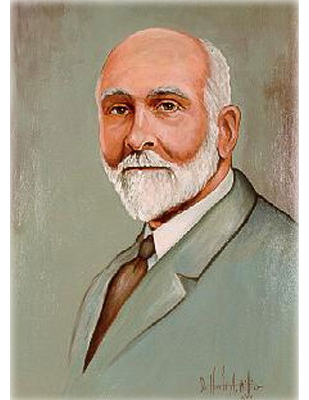
Jonathan Goforth was a Canadian Presbyterian missionary to China with the Canadian Presbyterian Mission, along with his wife, Rosalind (Bell-Smith) Goforth. Jonathan Goforth became the foremost missionary revivalist in early 20th-century China and helped to establish revivalism as a major element in Protestant China missions.
Crossworld is an international Christian missionary organization. As of 2021, Crossworld has more than 300 disciple-makers in 35 countries, who are involved in church ministry, education, healthcare, community development, refugee work, business, sports ministry and teaching English.
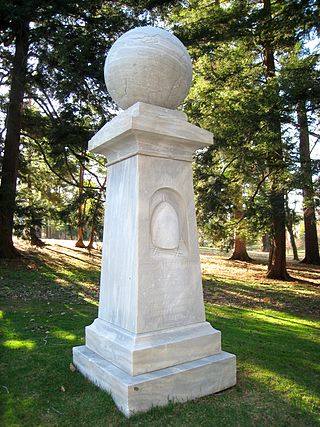
The Haystack Prayer Meeting, held in Williamstown, Massachusetts, in August 1806, is viewed by many scholars as the seminal event for the development of American Protestant missions in the subsequent decades and century. Missions are still supported today by American churches.

Christianity is the predominant religion in the Democratic Republic of the Congo, with Catholicism and Protestantism being its main denominations. As of 2018, the US State Department reported that roughly 96% of the population are members of Christian denominations, with the remaining less than 5% following other non-Christian religions.

Thomas Valpy French was an English Christian Missionary in India and Persia, who became the first Bishop of Lahore, in 1877, and also founded the St. John's College, Agra, in 1853.
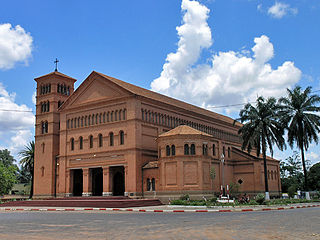
Christianity is the majority religion of the Democratic Republic of the Congo and is professed by a majority of the population. The number of Christians of all denominations in the Congo is estimated at over 63 million by the Pew Research Center, a figure representing approximately 95.7 percent of the national population or 2.9 percent of the world's Christians. The largest denomination is Roman Catholicism which represents 50 percent of the national population, and is followed by Protestantism and Kimbanguism and other sects. The history of Christianity in the area of the modern-day Congo is closely linked to the history of European colonial expansion.
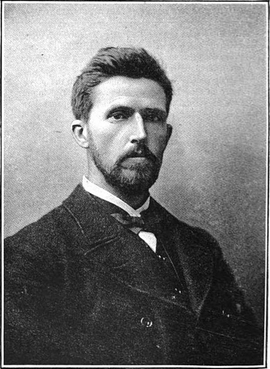
Frederick Stanley Arnot was a British missionary who did much to establish missions in what are now Angola, Zambia and the Democratic Republic of the Congo (DRC).

The Congo-Balolo Mission (CBM) was a British Baptist missionary society that was active in the Belgian Congo, the present day Democratic Republic of the Congo, from 1889 to 1915. It was the predecessor of the Regions Beyond Missionary Union (RBMU), established in 1900, which today is called World Team.

John McKim was an American missionary who became Anglican Bishop of Tokyo and Chancellor of Rikkyo University, which was part of the infrastructure he helped rebuild after a severe earthquake in 1923.

Eugene C. Sanderson was an American Christian Church minister and educator who founded Eugene Divinity School (EDS) in Eugene, Oregon in 1895. Today this school is known as Bushnell University. He served as its first president from 1895 to 1930. He also founded four other Christian colleges and one hospital.

Sharon E. Watkins is an ordained Christian minister who became the first woman to lead a mainline denomination in North America in 2005, when she was elected the General Minister and President of the Christian Church in the United States and Canada. She served two six year terms. She preached at the national prayer service on January 21, 2009, at the invitation of President Barack Obama, becoming the first woman to preach at an inaugural prayer service. In 2017, after stepping down from the role of General Minister and President of the Christian Church, she became director of the Truth and Racial Justice Initiative of the National Council of Churches of Christ, USA. She is currently the pastor of Bethany Memorial Church, in Bethany, West Virginia.

Clinton Caldwell Boone was an African-American Baptist minister, physician, dentist, and medical missionary who served in the Congo Free State and Liberia. The son of Rev. Lemuel Washington Boone and Charlotte (Chavis) Boone of Hertford County, North Carolina, he played an important role in Africa as a missionary for the Lott Carey Foreign Mission Convention and the American Baptist Missionary Union, now American Baptist International Ministries.
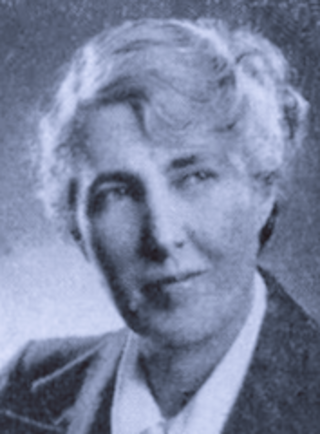
Jessie M. Trout was a Canadian missionary to Japan for nearly 20 years until she left Japan during World War II. She was a leader in the Christian Church, including being the first woman to serve as vice president of the denomination's United Christian Missionary Society. She co-founded the Christian Women's Fellowship (1950) and the International Christian Women's Fellowship (1953), both Disciples groups for women. She also was a writer and translator.

Althea Maria Brown Edmiston was an African-American teacher and Presbyterian missionary, working in the Belgian Congo for more than thirty years. She compiled the first dictionary and grammar for Bushong, the language of the Kuba Kingdom.

The Protestant mission began in the Chinese province of Sichuan in 1877, when premises were rented by the China Inland Mission in Chungking. However, it grew rather slowly, it was not until the late 1980s that Protestantism experienced rapid growth. The two largest denominations in the province before 1949 were Anglicanism and Methodism.

















